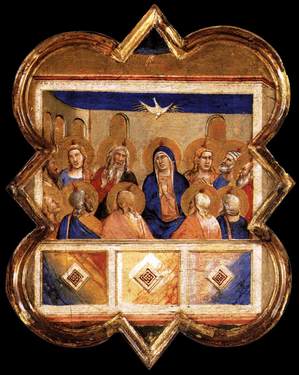Today gave me the opportunity to read through some things today that I have put on the back burner. You can see why I would post this thinking. One such item includes the following:
“The Christian faith has only one object: the mystery of Christ dead and risen. But this unique mystery subsists under different modes: it is prefigured in the Old Testament, it is accomplished historically in the earthly life of Christ, it is contained in mystery in the sacraments, it is lived mystically in souls, it is accomplished socially in the Church, it is consummated eschatologically in the Heavenly Kingdom. Thus the Christian has at his disposition several registers, a multi-dimensional symbolism, to express this unique reality. The whole of Christian culture consists in grasping the links that exist between Bible and Liturgy, Gospel and Eschatology, Mysticism and Liturgy. The application of this method to Scripture is called spiritual exegesis; applied to liturgy it is called mystagogy. This consists in reading in the rites the mystery of Christ, and in contemplating beneath the symbols the invisible reality.”
Jean Cardinal Danielou, SJ




